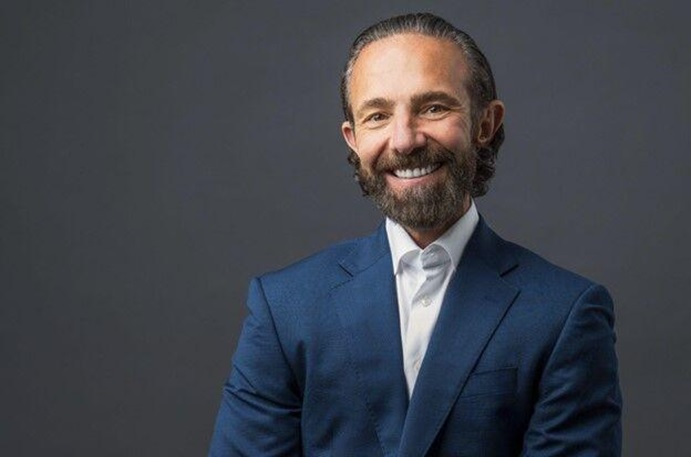Effective leadership provides significant benefits for companies seeking to gain a competitive edge, according to executive consultant Kevin Modany. Superior leaders inspire employees, facilitate expansion, spur professional development, and boost customer loyalty.
Kevin Modany, who works with a private equity firm, has excelled in various leadership positions. He explains that great leaders operate based on a clearly defined vision informing the company’s mission. Rather than improvising strategies, they remain fixed on bringing that vision to life, even if it requires a long-term outlook. Strong leaders give employees the tools and knowledge to excel at their jobs. Kevin Modany notes that the best leaders go further by enabling staff to keep honing new abilities, leading to a more capable and united team. Employees at companies with robust professional development tend to champion their brand on social media and within their networks.
In addition, leaders who cultivate employee growth foster greater engagement, pride, and productivity. Staff members deliver higher-quality offerings, in turn earning customer loyalty and referrals. Over time, the expanding customer base can reposition the business more competitively in its industry.
Leaders employ different styles to pursue their company’s mission. Kevin Modany spotlights four major approaches:
Transactional Leadership
Transactional leaders establish structured workflows and untransparent performance metrics. Employees understand expectations, and their evaluations directly connect to fulfilling preset targets. Meeting goals, rewards, and recognition. This style suits settings requiring short-term, repetitive tasks and is shared across large corporations to manage different units. During crises, transactional leaders communicate needs, driving the necessary employee response. On the other hand, this approach can only partially spark innovation and limits team cohesion.
Transformational Leadership
Unlike transactional leaders focused on exchanges, transformational leaders motivate employees through shared values and instilling a higher purpose. Staff members feel their work makes a real difference. Teams exhibit substantial autonomy to develop creative solutions that further the leader’s vision. Transformational leadership empowers risk-taking and flexible thinking critical for innovation. However, this style requires the leader to relinquish some direct control.
Servant Leadership
Servant leaders prioritize others’ needs first. They cultivate employee well-being and career growth while facilitating an ethical, caring work culture. Servant leadership boosts employee satisfaction and retention rates. It works well when worker autonomy allows staff members to apply their skills accordingly. Yet servant leaders may struggle with large organizations requiring more substantial hierarchical authority.
Autocratic Leadership
Autocratic leaders centralized decision-making authority alone, dictating policies while denying input from others. This style can succeed, particularly in manufacturing, military, and emergency response contexts requiring quick, unilateral choices. Nonetheless, it typically hampers morale and innovation over the long run in most workplace environments due to its severe top-down nature.
Kevin Modany explains how exceptional leaders expand their company’s market position by motivating staff members to deliver their best work. The exemplary leadership approach matches the organization and its goals. No matter the specific style, great leaders pursue an ambitious vision that inspires employees to help transform it into reality.









